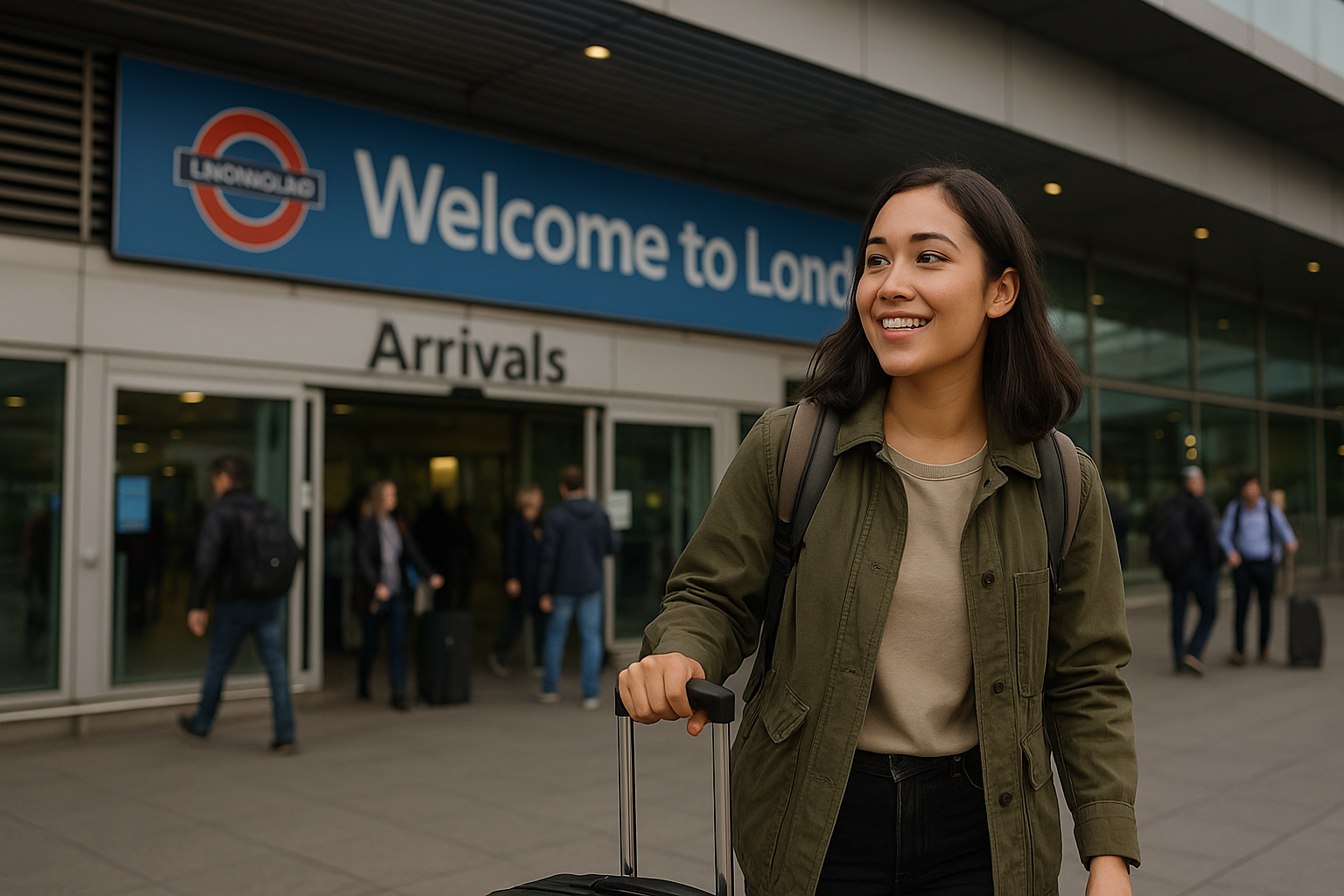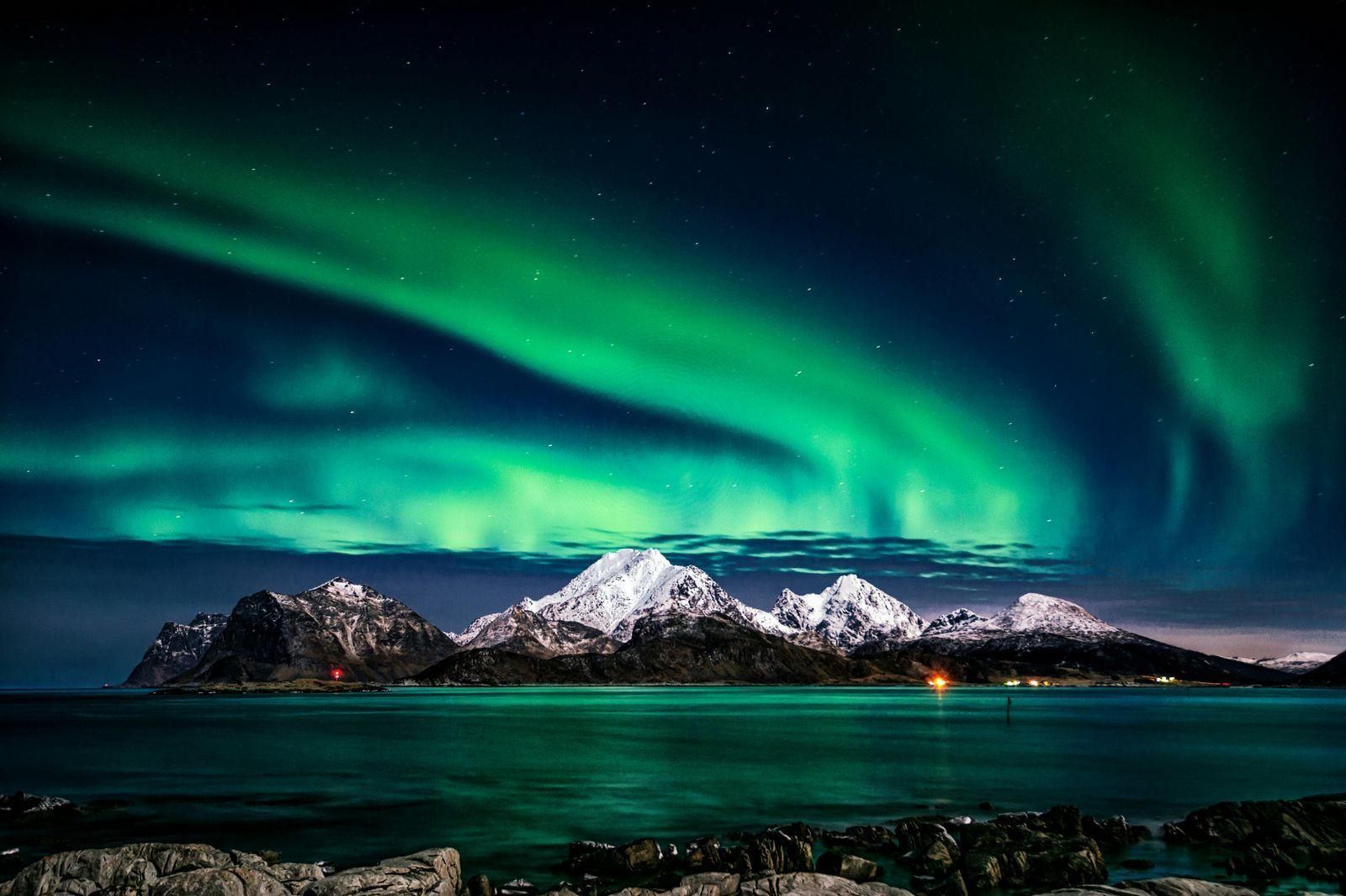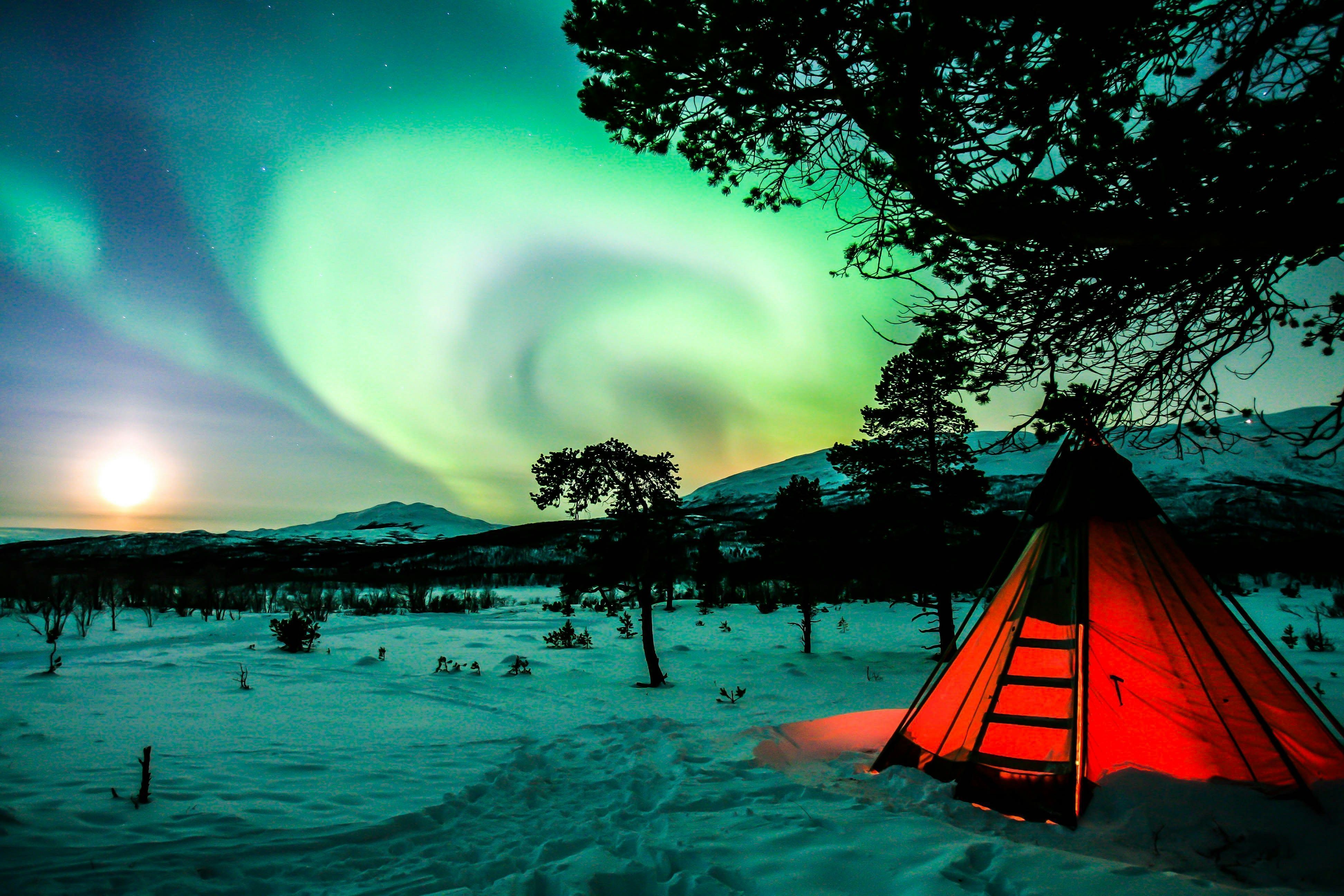 A First-Timer’s Guide to Immigrating to the UK
A First-Timer’s Guide to Immigrating to the UKWhether you're moving from India, China, Pakistan, or the USA there's a few things to know before booking a flight...

The Northern Lights, or Aurora Borealis, present a mesmerising display of natural light that dances across the dark sky in hues of green, pink, and violet.
Recently the lights were visible across more southerly regions, including parts of the UK and Ireland. If you missed out, you may feel determined to head north and finally experience the light show for yourself.
Here's a guide to seven of the most popular places in Europe to witness the Northern Lights as well as some local attractions to ensure a trip filled with wonder, even if the elusive auroras decide to stay hidden.
Located at the tip of the Seltjarnarnes Peninsula near Reykjavik, Grótta Island Lighthouse is a favoured spot to capture the Northern Lights. It’s close enough to the city to be accessible yet far enough to escape excessive light pollution.
How to Get There: Fly into Reykjavik and drive or take public transport to the lighthouse. Grótta Island is the easiest place to see the Northern Lights on this list. If you’re driving straight from the airport, the trip shouldn’t take more than twenty minutes.
Other Things To Do: Enjoy Reykjavik’s vibrant nightlife, take a dip in the Blue Lagoon, or explore the city’s cultural sites.
Jokulsarlon, a stunning glacial lagoon in Iceland, provides a unique setting for viewing the Northern Lights. Think: icebergs floating in the water as a backdrop.
How to Get There: Fly into Reykjavik, then drive along the south coast to Jokulsarlon. The journey offers about five hours of spectacular scenery.
Other Things To Do: Explore the lagoon by boat, walk along the black sand beach known as Diamond Beach, and visit nearby Vatnajökull National Park.
Rovaniemi, the official hometown of Santa Claus, is not just a wonderland for children but also a prime spot for Aurora chasing.
How to Get There: Rovaniemi is accessible via direct flights from lots of European cities. Alternatively, you can fly to Helsinki and buckle up for a ten-hour drive, or hop on a train which takes around eight hours.
Other Things To Do: Visit Santa Claus Village, cross the Arctic Circle, or enjoy a snowmobile safari. The city offers a blend of urban and natural attractions, making it an excellent destination for families.
Utsjoki, the northernmost municipality of Finland, offers some of the most authentic experiences for Northern Lights due to its extreme latitude. Being directly under the Auroral Oval, the chances of spotting the lights are high throughout the winter months.
How to Get There: The nearest major airport is in Ivalo. From there, a drive to Utsjoki takes about two hours through serene, snowy landscapes.
Other Things To Do: Apart from the lights, Utsjoki is steeped in the rich culture of the indigenous Sámi people. Try reindeer sledding, or visit a Sámi cultural centre to learn about the local traditions and crafts.
Known as the gateway to the Arctic, Tromsø provides a dramatic backdrop for Northern Lights with its picturesque mountains and fjords. Check out Mount Storsteinen; it's accessible via cable car and offers panoramic views—perfect for Aurora gazing.
How to Get There: Fly directly into Tromsø airport. The city is well-connected, compact, and easy to navigate.
Other Things To Do: Explore the Arctic Cathedral and the Polar Museum, or book a whale watching tour during the day.
Svalbard in Norway is one of the northernmost inhabited areas of the world and offers a stunning wilderness experience along with a high likelihood of Northern Lights sightings.
How to Get There: Fly into Longyearbyen via Tromsø or Oslo.
Other Things To Do: Experience polar-night dog sledding, snowmobile tours, and visits to glaciers. The region’s diverse wildlife, including polar bears, reindeer, and Arctic foxes, adds an extraordinary element to any visit.

Sweden only gets one mention on this list, but it's a gem. Abisko is famed for its clear skies which is essential for Northern Lights viewing. Check out the Aurora Sky Station; it offers a spectacular vantage point thanks to minimal light pollution and its location within the Aurora Oval.
How to Get There: Fly into Kiruna airport and take a scenic drive or a shuttle to Abisko. It’s a roughly 90-minute journey through breathtaking landscapes.
Other Things To Do: When not on the lookout for auroras, explore the surrounding national park, or sign up for winter sports like cross-country skiing. Abisko is also great for hiking in the tranquil Nordic wilderness.
Wherever you choose to go, these locations offer more than just a chance to see the Northern Lights; they provide a rewarding travel experience that’s sure to leave you with lasting memories. Whether you catch the aurora or not, the adventure itself will be worth the trip.
Stay connected across the entire continent with just one eSIM. Check out our best eSIM plans for Europe and enjoy data, calls, and texts — effortlessly, no matter where your journey takes you.
 A First-Timer’s Guide to Immigrating to the UK
A First-Timer’s Guide to Immigrating to the UKWhether you're moving from India, China, Pakistan, or the USA there's a few things to know before booking a flight...
 What Is an eSIM UK? Your Guide to Cheaper, Smarter Travel Data
What Is an eSIM UK? Your Guide to Cheaper, Smarter Travel DataDiscover what a UK eSIM is, how it works and why it’s a smarter way to stay connected. This guide breaks down everything travellers need to know with no jargon, just real info and instant solutions from Sim Local.
 Best eSIMs for Travel in Europe (2025)
Best eSIMs for Travel in Europe (2025)Our top 6 eSIMs for travel in Europe. And other things to consider...
Destination
Shop
About
Help
Contacts:
© 2025 Sim Local (IRELAND) Ltd. All Rights Reserved.